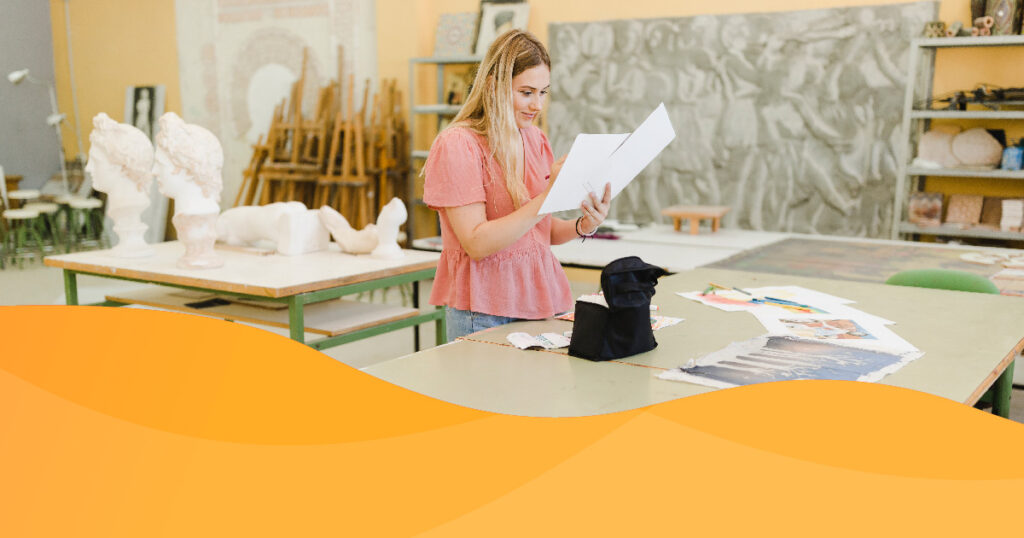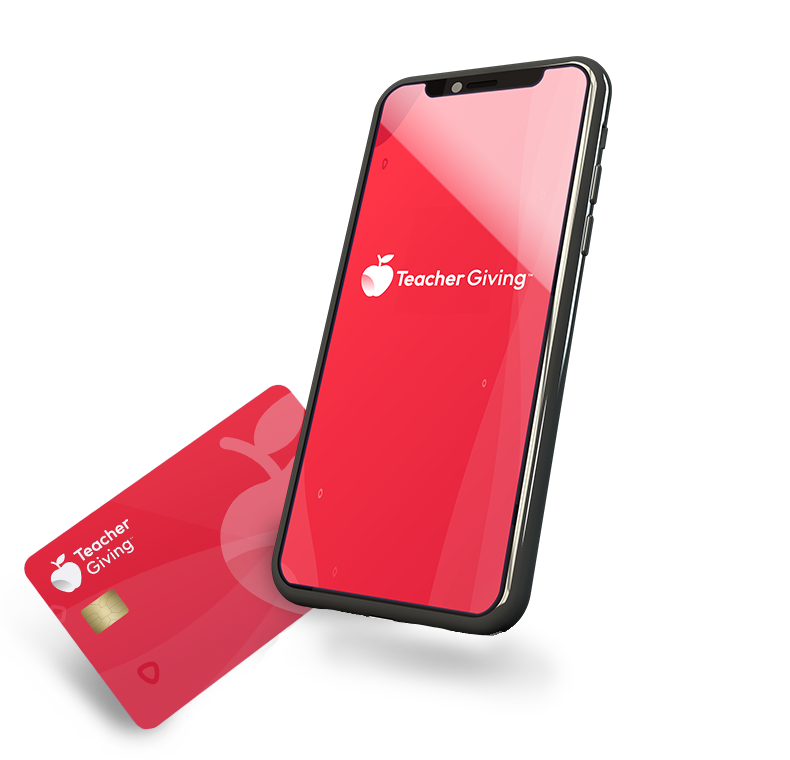Creating an engaging classroom is more than just arranging desks and hanging posters—it’s about cultivating a space where learning flourishes and students can grow. Your classroom atmosphere can significantly impact student motivation, behavior, and academic performance.
At TeacherGiving, we aim to connect educators with supporters who can help make their classroom dreams a reality. This article offers practical tips and creative ideas to transform your classroom into a dynamic learning hub without being constrained by inefficient funds.
Whether you’re a seasoned teacher looking to refresh your space or a new educator eager to make a memorable first impression, we will help you craft a classroom that inspires, engages, and instills a love of learning.
Dream Classroom
Step 1: Vision and Theme
Choose a Theme: Select a theme for your classroom decor that aligns with your teaching objectives and resonates with your curriculum and students. Ensure the theme creates a cohesive learning environment that sparks imagination and connects with student interests.
A well-chosen classroom theme isn’t just about looks—it’s about crafting an immersive experience that makes learning fun and engaging.
Here’s why picking the perfect theme matters:
- Inspiration and Excitement: A great theme turns your classroom into a vibrant wonderland where students feel inspired to learn and explore. It sets the stage for an exciting school year.
- Unified Learning: The right theme helps connect different elements of your classroom, making lessons feel more cohesive and integrated. Everything from wall decorations to lesson plans feels part of one big, exciting story.
- Student Engagement: When students walk into a classroom that feels like a jungle, outer space, or a historical time machine, their curiosity is instantly piqued. A captivating theme can make them eager to dive into the day’s lessons.
- Sense of Belonging: A consistent theme creates a warm and inviting atmosphere, helping students feel more connected to their classroom and each other. Plus, it is a great conversation starter for those early days of the school year.
Examples of Popular Themes:
- Outer Space Adventure: Blast off into learning with a cosmic theme featuring planets, stars, and rocket ships. Explore science and astronomy in a space-themed classroom.
- Jungle Safari: Trek through the jungle with a safari theme filled with lush greenery, wild animals, and adventure. Explore lessons on ecosystems, geography, and biodiversity.
- Under the Sea: Dive deep into ocean exploration with a marine-themed classroom featuring colorful fish, coral reefs, and underwater wonders. Incorporate marine biology, oceanography, and environmental science.
- Historical Time Machine: Step back in time with a historical theme that brings different eras to life. From ancient civilizations to modern history, this theme fosters an appreciation for the past and connects it to present-day learning.
- Fantasy Realm: Enter a magical world of dragons, wizards, and enchanted forests. This whimsical theme instills creativity, storytelling, literature studies, and creative writing.
- Superheroes Academy: Channel the power of superheroes with a theme that celebrates bravery, kindness, and using powers for good. This theme encourages character education, teamwork, and leadership skills.
- Around the World: Embark on a global adventure with a multicultural theme that explores different countries, cultures, and traditions. Learn about geography, history, languages, and global citizenship.
- STEM Laboratory: Transform your classroom into a high-tech STEM lab with a theme focused on science, technology, engineering, and mathematics. Engage in hands-on experiments, coding activities, and innovative projects.
- Art Studio: Support creativity with an art-themed classroom filled with colors, brushes, and masterpieces. This theme promotes artistic expression, art history, and appreciation for various art forms.
- Fairy Tale Land: Bring fairy tales to life with a magical theme featuring castles, fairies, and enchanted forests. Dive into classic literature, storytelling, and moral lessons through beloved fairy tales.
Vision Statement: Write a detailed vision statement describing how your chosen theme supports your teaching philosophy and positively enhances the classroom atmosphere. Discussing your ideas with fellow educators can provide valuable insights and perspectives, enriching your vision and helping your classroom become a vibrant center of learning and creativity.
Don’t let budget constraints keep you from going big during this planning process! With TeacherGiving, you can overcome underfunding by crowdfunding for your dream classroom.
Step 2: Budget Planning
Budget Allocation: Begin by setting a total budget for creating your dream classroom. Break down the expenses into specific categories, such as furniture, technology, decor, and supplies. This detailed allocation helps you understand how funds must be distributed to cover all aspects of your classroom setup.
Tips for Finding Quality Resources on a Budget:
- Educator Discounts: Many retailers offer discounts for teachers. Check with office supply stores, educational supply stores, and online platforms.
- Online Marketplaces: Websites like Amazon, eBay, and Etsy often have competitive prices and a wide range of educational supplies. Look for reviews to check quality. Unlike other crowdfunding platforms, TeacherGiving doesn’t require you to spend contributions at specified retailers — letting you shop around for the best deal.
- Local Thrift Stores and Yard Sales: You can find gently used furniture, books, and classroom materials at a fraction of the cost.
- Bulk Purchases: Consider buying supplies in bulk for items like paper, pencils, and art materials to save money over time.
- Donations and Grants: Along with crowdfunding, explore local businesses, community organizations, and educational foundations that offer grants or donations for classroom supplies.
Prioritize Expenses: List the top 10 resources or supplies needed for your classroom. Rank them in order of importance based on your teaching goals and budget constraints. Prioritizing guarantees the most critical items are secured first, enabling you to build a functional and innovative classroom, even if budget adjustments are needed.
Utilize TeacherGiving: If your budget exceeds available funds (or even if it doesn’t), turn to TeacherGiving to crowdfund for your dream classroom. Create a detailed campaign outlining your goals, the resources needed, and how they will improve your classroom and your student’s education. TeacherGiving allows you to solicit support from the community — ensuring no dream is truly out of reach.
Step 3: Essential Resources
Identify the top 10 resources and supplies needed to bring your dream classroom to life. These items should align with your teaching goals and enhance the student experience.
Top 10 Resources/Supplies:
- Furniture: Desks, chairs, tables, and storage units that are sturdy, comfortable, and versatile for various classroom activities.
- Technology: Interactive whiteboards, projectors, computers or tablets, and educational software.
- Curriculum Materials: Textbooks, workbooks, manipulatives, and educational games that align with the curriculum and support different learning styles.
- Organization Tools: Bins, baskets, shelves, and filing cabinets for storing and organizing teaching materials, student work, and classroom supplies.
- Classroom Decor: Posters, charts, banners, and bulletin boards that reinforce learning objectives, display student work, and create an inviting atmosphere.
- Writing and Art Supplies: Pens, pencils, markers, crayons, scissors, glue, and various art materials for hands-on activities and creative projects.
- Books and Reading Materials: A diverse collection of fiction and non-fiction books, reading corner materials, and resources to promote reading skills. This is especially important if your school doesn’t have a library.
- Educational Tools: Calculators, rulers, globes, maps, timers, and other tools that support specific subjects like math, science, and geography.
- Storage Solutions: Shelving units, cubbies, and bins for organizing and storing classroom supplies, student belongings, and teaching materials.
- Student Comfort Items: Flexible seating options, rugs, cushions, and classroom plants to create a comfortable and welcoming environment that supports learning and well-being.
Step 4: Dream Big Item
Identify one “dream big” item or enhancement for your classroom that goes beyond the basics. This item should represent an extraordinary addition that would significantly elevate your teaching and noticeably enhance the student experience.
- Identify Your Dream Big Item: Think about a unique and impactful addition such as a sensory corner, a mini science lab, a class set of tablets, or a 3D printer. This item should align with your teaching goals and inspire excitement and curiosity in your students.
- Raise support on TeacherGiving: With TeacherGiving, you can bring your dream big item to life through community support. Sign up, get verified, and start your campaign today!
- Describe the Impact: Explain how this “dream big” item will transform your classroom and elevate the learning experience. Detail how it will support your curriculum, increase student engagement, and create a more dynamic and interactive learning space.
Step 5: Implementation Timeline
Timeline: Create a detailed timeline for purchasing and setting up your classroom. This timeline should include all the key milestones and deadlines to ensure everything is ready before the school year starts.
- Purchasing Items: Start by signing up for TeacherGiving and creating your campaign early to secure the necessary funds for your dream classroom. Set deadlines for researching and ordering the required resources and supplies. Allow time for the delivery and any potential delays.
- Decorating: Schedule time for decorating your classroom, including setting up furniture, arranging decor, and organizing materials. Plan to complete this well before the school start date to avoid last-minute stress.
- Final Adjustments: Allocate time for making final adjustments, such as fine-tuning the layout, testing technology, and installing all resources. This stage should also include a buffer period for any unforeseen issues.
- Review and Feedback: Plan a review period where you can walk through your classroom setup with colleagues or mentors to gather feedback and make any necessary tweaks.
- Completion: Set a final completion date when everything should be ready, ideally a few days before the school year starts, to give yourself some breathing room.
Step 6: Reflection and Adjustment
Evaluation: Plan for regular assessments of your classroom setup and design. Schedule times throughout the school year to gather feedback from students and colleagues. This feedback will help you identify areas for improvement and ensure your classroom continues to meet the needs of your students.
Adaptability: Remain flexible and open to making adjustments based on the feedback you receive and the evolving needs of your students. Consider incorporating seasonal updates or thematic changes to keep the learning space fresh. This adaptability ensures that your classroom remains a dynamic and inspiring space for learning throughout the year

Using TeacherGiving to Fund Your Dream Classroom
TeacherGiving is a dedicated crowdfunding platform just for educators. Here’s how you can harness it to transform your vision into reality:
TeacherGiving connects passionate educators with a community of supporters who believe in the power of education. It is a place where teachers can create fundraising campaigns to secure financial support for classroom enhancements, educational resources, and innovative projects.
How Educators Can Leverage TeacherGiving:
- Create a Compelling Project: Start by outlining your classroom improvement goals and their impact on students’ learning experiences. Describe your project clearly, detailing how contributions will benefit your students.
- Engage Your Network: To reach potential supporters, share your TeacherGiving campaign through social media, email newsletters, and personal networks. Use storytelling and visuals to convey the importance of your project and encourage support.
- Receive Support: TeacherGiving provides a secure platform for collecting funds from individuals and organizations passionate about education. Donors can contribute directly to your project, helping you reach your fundraising goals.
Conclusion
Are you ready to bring your dream classroom to life? Sign up for TeacherGiving today to create your fundraising campaign and start making a difference for your students. Every contribution counts in creating an inspiring and safe space where students can thrive.
Join the TeacherGiving community and embrace a network that shares your passion for learning. Launch your campaign now and unlock the power to shape your classroom into a vibrant beacon of discovery and imagination.



